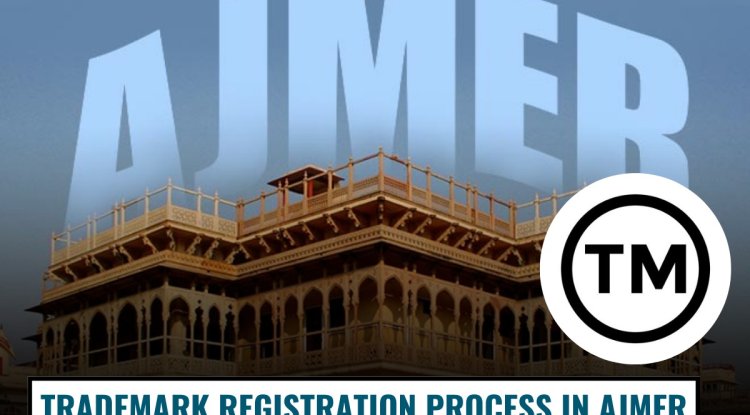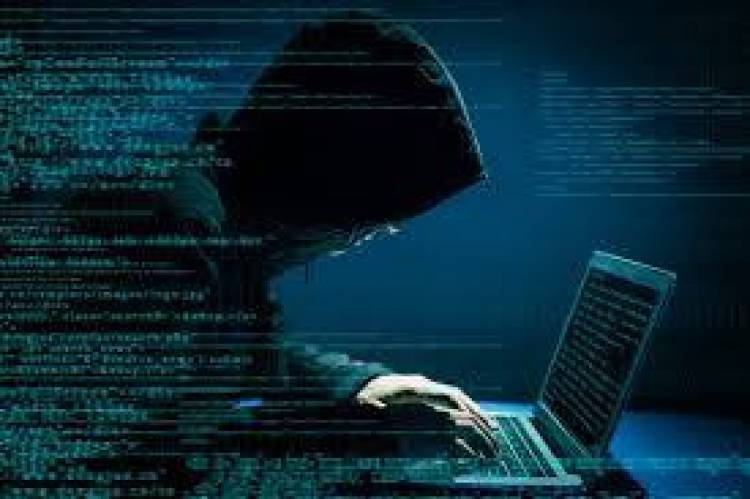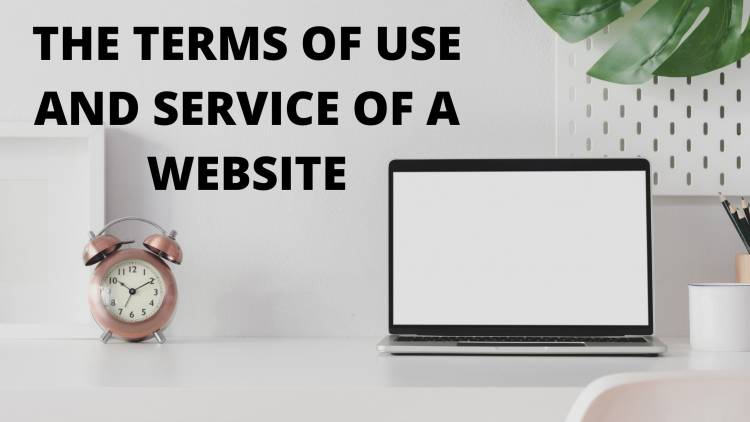When Copyright Clashes with Freedom of Speech: The Gray Areas in Law
The tension between copyright law and freedom of speech has intensified in the digital age. While copyright aims to protect creators' rights, it sometimes conflicts with free expression, especially in areas like commentary, parody, and education. This blog examines these gray areas, discussing fair use, digital enforcement mechanisms, and key legal precedents. It also explores potential reforms to ensure a balanced approach that safeguards both intellectual property and public discourse.

Introduction
In the digital era, the tension between copyright protection and freedom of speech has become more pronounced than ever. Copyright law exists to safeguard the interests of creators, ensuring they reap the benefits of their work. However, these protections sometimes conflict with the fundamental right to free speech, particularly when copyrighted material is used for commentary, criticism, parody, or education. The boundaries between protection and censorship remain blurred, making it difficult for courts, lawmakers, and content creators to navigate.
This blog explores the complex relationship between copyright and free speech, shedding light on legal gray areas and their implications for society.
The Conflict Between Copyright and Free Speech
A. The Purpose of Copyright Protection
Copyright law grants exclusive rights to creators over their original works, including books, music, films, and digital content. These rights exist to:
- Encourage creativity and innovation by ensuring financial rewards for creators.
- Protect intellectual property from unauthorized reproduction and exploitation.
- Establish a framework for licensing and distribution of creative works.
B. Free Speech Implications
Freedom of speech is a cornerstone of democratic societies, allowing individuals to express their views, critique authorities, and share information. However, when copyright law is enforced too rigidly, it can:
- Limit public access to essential information and cultural discourse.
- Prevent individuals from using copyrighted materials to challenge social and political narratives.
- Lead to censorship, where powerful copyright holders suppress dissent or critical perspectives.
C. Common Scenarios Where Copyright Clashes with Free Speech
- Criticism and Commentary: Journalists, academics, and content creators often use copyrighted material to analyze and critique cultural and political developments. However, copyright restrictions can hinder these discussions.
- Parody and Satire: Comedic and artistic works frequently rely on existing media to create new, transformative content. Courts often struggle to define when a parody is legal and when it constitutes infringement.
- Educational and Research Uses: Scholars and educators need access to copyrighted materials for teaching and research, often leading to disputes over fair use.
Fair Use: A Legal Safety Net with Limitations
A. Definition and Importance of Fair Use
Fair use is a legal doctrine that allows limited use of copyrighted material without the need for permission. It plays a crucial role in ensuring that copyright does not stifle free speech, creativity, and education.
B. The Four-Factor Test for Fair Use
Courts determine fair use based on four key factors:
- Purpose and Character of Use: Whether the use is transformative (adding new meaning or message) or commercial.
- Nature of the Copyrighted Work: Whether the original work is factual (more likely to be fair use) or highly creative (more protected).
- Amount and Substantiality: The proportion of the original work used and whether the "heart" of the work is taken.
- Effect on Market Value: Whether the use harms the commercial potential of the original work.
C. Why Fair Use Is a Gray Area
Fair use remains difficult to define because:
- It depends on subjective court interpretations.
- Different jurisdictions apply fair use differently.
- The rapid evolution of digital content creates new legal uncertainties.
The Digital Age and Copyright Challenges
A. Automated Copyright Enforcement and Censorship
Platforms like YouTube use automated content identification systems (such as Content ID) to detect copyrighted materials. However, these systems often:
- Wrongfully flag transformative content such as reviews and parodies.
- Allow large copyright holders to silence smaller creators through unjustified takedown claims.
B. The Rise of Memes and Viral Content
Memes often use copyrighted images, movie clips, or music, raising questions about:
- Whether they constitute fair use as parody.
- If widespread distribution justifies their use under public interest.
C. AI-Generated Content and Intellectual Property Concerns
AI tools can generate images, music, and text that resemble copyrighted works. This raises critical legal questions:
- Who owns AI-generated content?
- Can AI be considered a creator under copyright law?
- How should copyright law adapt to AI-driven innovation?
Key Legal Cases and Precedents
A. Landmark Copyright vs. Free Speech Cases
- Campbell v. Acuff-Rose Music, Inc. – A pivotal case that confirmed parody can qualify as fair use.
- Authors Guild v. Google – Ruled that Google’s digital book scanning project was fair use, highlighting the importance of access to knowledge.
- Lenz v. Universal Music Corp. – Also known as the "Dancing Baby" case, this ruling established that copyright holders must consider fair use before issuing takedown notices.
B. Lessons from These Cases
- Courts have increasingly recognized the need to balance copyright enforcement with free speech rights.
- The rulings have shaped how digital platforms and content creators navigate copyright law.
- However, gray areas persist, requiring ongoing legal adaptation.
The Need for Reform: Finding a Balance
A. Strengthening Fair Use Guidelines
- More standardized interpretations of fair use across jurisdictions.
- Clearer policies on transformative works and their legal standing.
B. More Transparent Copyright Enforcement
- Preventing abusive copyright takedowns and overreach.
- Holding platforms accountable for wrongful censorship.
C. Licensing and Alternative Monetization Models
- Encouraging fair compensation for creators while allowing flexibility for free speech.
- Developing new models where transformative content can coexist with copyright protections.
Conclusion
The conflict between copyright law and freedom of speech remains an evolving legal battleground. While copyright protections are essential for fostering creativity and innovation, they should not come at the cost of public discourse and creative freedom.
A balanced approach—one that refines fair use doctrines, promotes reasonable licensing models, and adapts to new digital realities—is necessary to protect both intellectual property and free expression. As technology advances, continued dialogue and legal reform will be crucial in ensuring that copyright laws serve both creators and society fairly.












